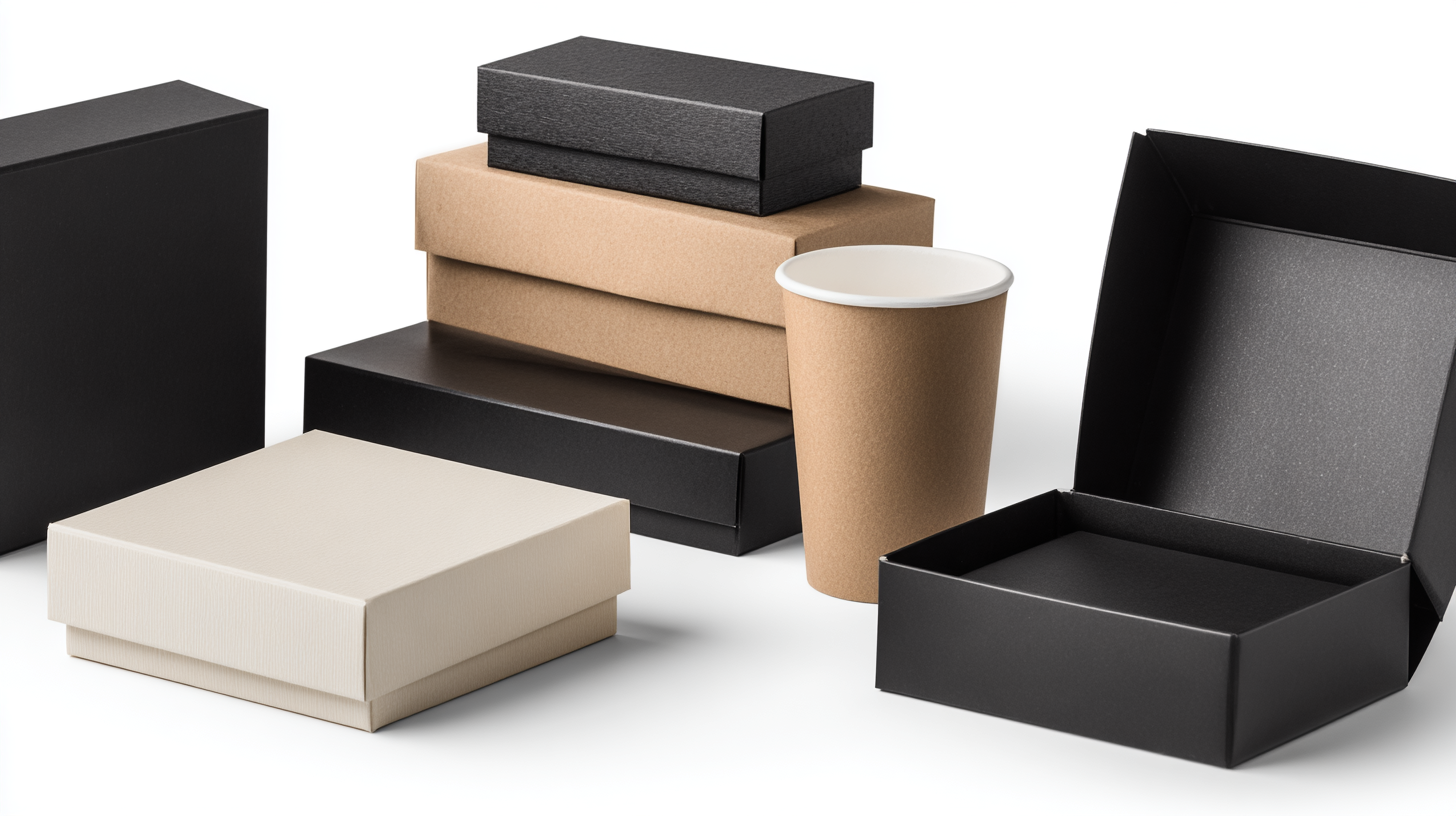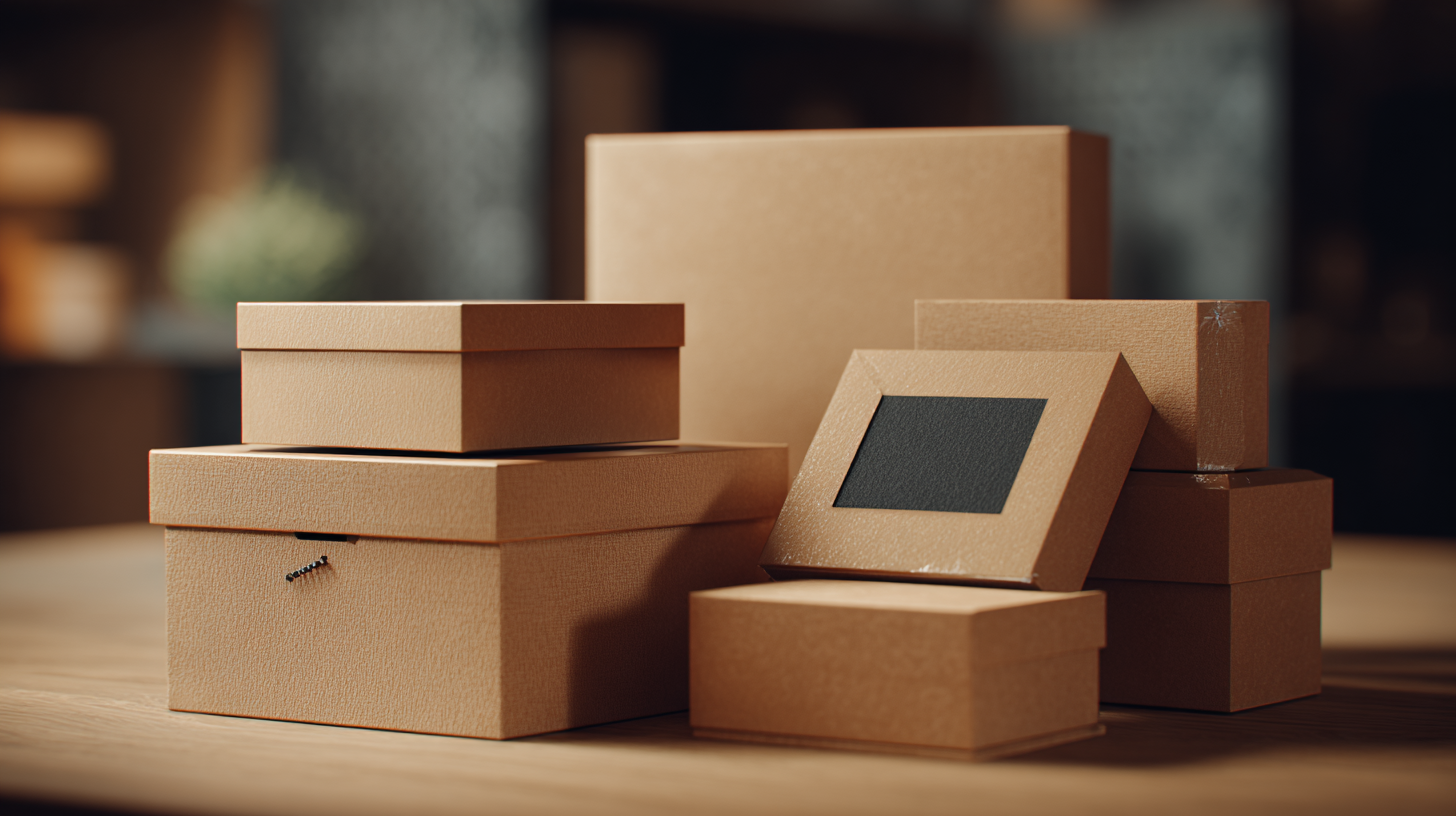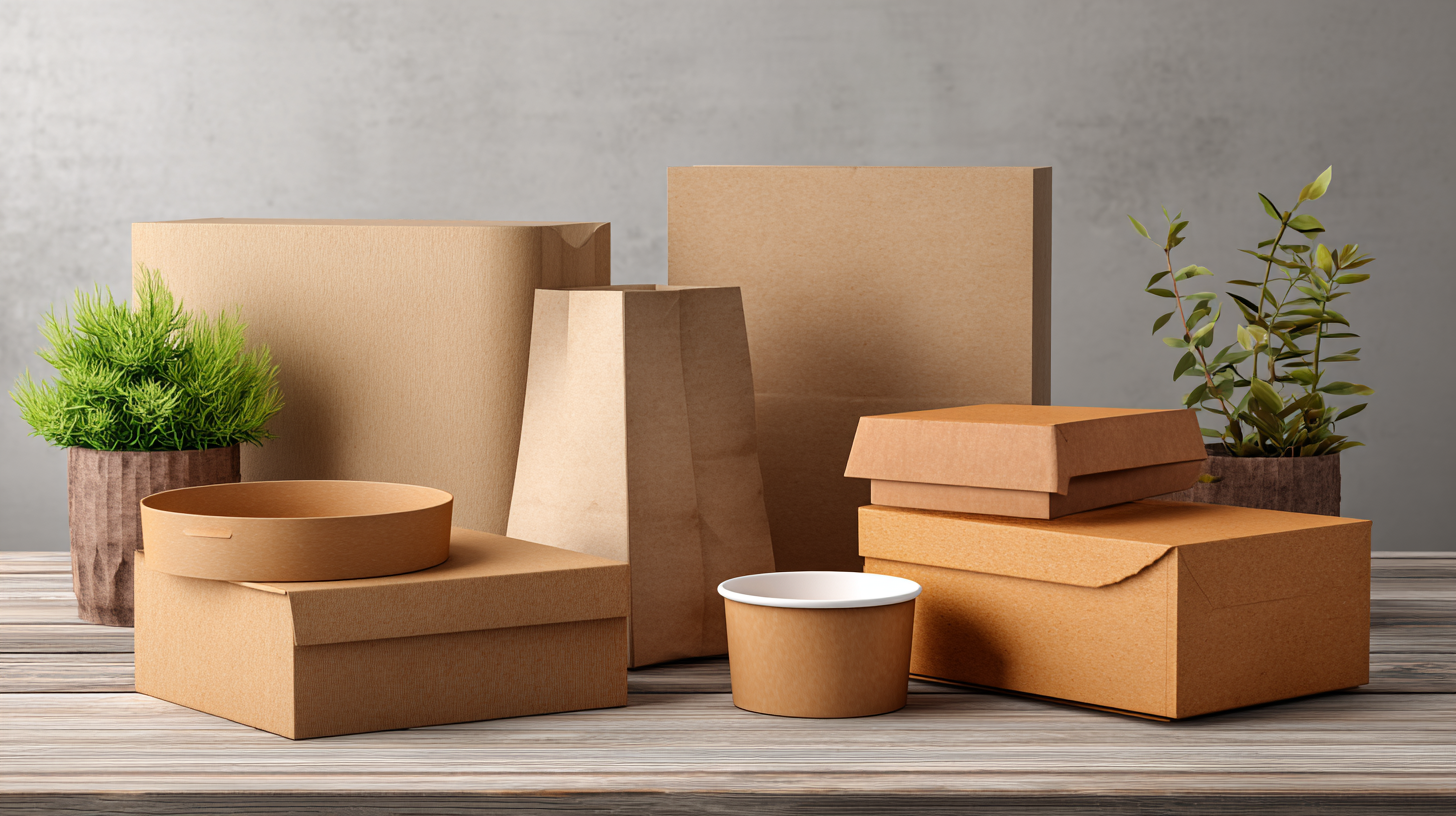Future Tech Trends in Custom Made Packaging and Innovative Approaches to Stand Out
In today's rapidly evolving market, businesses are constantly seeking innovative ways to differentiate themselves from the competition. One such avenue is through Custom Made Packaging, which allows brands to create unique and memorable unboxing experiences that resonate with their customers. As consumer preferences shift towards personalization, the demand for tailored packaging solutions is on the rise. However, choosing the right manufacturer to bring these ideas to life is crucial for success.

This blog will explore the future tech trends in custom packaging and provide insightful tips on how to select high-quality manufacturers that align with your brand's vision and values. By leveraging innovative approaches, businesses can not only enhance their product presentation but also foster deeper connections with their audience, ultimately driving growth in a crowded marketplace.
Advantages of Custom Packaging in Enhancing Brand Recognition and Loyalty
Custom packaging has emerged as a powerful tool for brands looking to enhance recognition and foster loyalty among consumers. In an age where customers are bombarded with countless choices, unique packaging can capture attention and create a memorable unboxing experience. This not only contributes to brand visibility but also strengthens emotional connections by reflecting the brand's identity and values.
To effectively leverage custom packaging, consider these tips: First, incorporate distinctive designs that align with your brand aesthetics. Consistency in color schemes and logos across packaging can reinforce brand identity and make it easily recognizable. Second, utilize eco-friendly materials to appeal to environmentally conscious consumers. Sustainable packaging can set your brand apart in a market that increasingly values corporate responsibility. Lastly, personalize the packaging experience. Adding a handwritten note or a unique design element can make customers feel special and more connected to the brand, increasing their likelihood of repeat purchases.
Emphasizing the visual and experiential aspects of packaging can significantly boost brand loyalty. When customers feel valued and appreciated through thoughtful packaging, they are more likely to become advocates for your brand, sharing their positive experiences with others.
Future Tech Trends in Custom Made Packaging
This chart illustrates the advantages of custom packaging in enhancing brand recognition and customer loyalty based on various factors.
The Role of Sustainable Materials in Future Packaging Solutions
As the demand for custom-made packaging continues to rise, the integration of sustainable materials is becoming a key focal point in packaging solutions. Brands are increasingly recognizing the importance of environmental responsibility and its impact on consumer choices. By utilizing biodegradable, recyclable, or compostable materials, companies not only enhance their brand image but also contribute to reducing waste and pollution.

When considering sustainable packaging options, here are a few tips: First, consider materials like plant-based plastics or recycled paper that offer both durability and eco-friendliness. Second, explore innovative approaches such as modular packaging designs that minimize material use while maximizing efficiency. Lastly, engage consumers in the process by incorporating messaging about the environmental benefits of your packaging choices, fostering a deeper connection with your audience.
By prioritizing sustainable materials, businesses can differentiate themselves in a crowded marketplace. Embracing these eco-conscious practices not only meets the growing consumer demand for sustainability but also paves the way for a greener future in the packaging industry.
How Technology is Transforming the Custom Packaging Landscape
The custom packaging industry is undergoing a significant transformation driven by technological advancements. According to a report by Smithers Pira, the global custom packaging market is projected to reach $500 billion by 2024, highlighting a robust demand for tailored solutions that meet unique consumer needs. Technologies such as automation and artificial intelligence are now pivotal in creating packaging that not only protects products but also enhances branding and customer experience.
Innovations like 3D printing and smart packaging are revolutionizing how brands approach their packaging strategies. With 3D printing, companies can create bespoke designs rapidly and at a lower cost, allowing for greater creativity and personalization. Meanwhile, smart packaging, which incorporates QR codes and NFC technology, offers consumers interactions that provide additional product information, thereby increasing engagement. A report by Grand View Research forecasts that the smart packaging segment will grow at a CAGR of 8.4% from 2021 to 2028, illustrating how technology is reshaping consumer expectations and experiences in the packaging landscape.
Future Tech Trends in Custom Made Packaging and Innovative Approaches to Stand Out
| Trend | Description | Impact on Packaging | Innovation Type | Sustainability Aspect |
|---|---|---|---|---|
| Smart Packaging | Integration of technology such as QR codes and NFC for customer engagement. | Enhances consumer interaction and provides real-time product information. | Digital Innovation | Can reduce waste through more efficient inventory management. |
| Personalization | Tailored designs and features based on customer preferences. | Increases customer satisfaction and brand loyalty. | Custom Design | Promotes the use of recyclable materials for customized products. |
| Eco-Friendly Materials | Use of biodegradable and sustainable materials in packaging. | Reduces environmental impact and appeal to conscious consumers. | Sustainable Innovation | Directly supports sustainability goals and reduces carbon footprint. |
| Augmented Reality (AR) | Incorporating AR elements to enhance user experience during unboxing. | Creates a memorable experience and encourages social sharing. | Interactive Technology | Encourages the use of innovative, efficient designs, potentially using fewer materials. |
| 3D Printing | Production of packaging through 3D printing for customized shapes and sizes. | Allows rapid prototyping and can reduce lead times. | Manufacturing Innovation | Can minimize waste by producing only what's needed. |
Impact of Personalization on Consumer Engagement and Purchase Decisions
The impact of personalization on consumer engagement and purchase decisions is becoming increasingly significant in the world of custom packaging. According to a report by McKinsey, personalized experiences can lead to a 10-15% increase in sales for brands that effectively customize their offerings. In the packaging industry, this means that consumers are more likely to engage with and purchase products that reflect their individual preferences, whether through unique designs, tailored messages, or even customized sizes.
Additionally, a study by Deloitte indicates that 36% of consumers express a willingness to pay more for personalized products. This willingness underscores the necessity for brands to invest in innovative packaging solutions that not only stand out on the shelves but also resonate with the target audience. As brands leverage data analytics and consumer insights to create bespoke packaging experiences, the resulting engagement can foster brand loyalty and improve customer satisfaction, ultimately driving repeat purchases in a competitive marketplace.
Emerging Trends in Packaging Design that Capture Market Attention
The packaging industry is undergoing a significant transformation, driven by emerging design trends that capture market attention and enhance customer engagement. According to a recent report by Smithers Pira, the global smart packaging market is projected to reach $42 billion by 2024, growing at a CAGR of 6.7%. This surge is fueled by advancements in technology and consumer demand for more interactive and sustainable packaging solutions. Brands are increasingly tapping into smart packaging innovations, such as QR codes and NFC technology, to create a seamless connection between physical products and digital experiences, thus enriching customer interaction and brand storytelling.

Sustainability remains at the forefront of packaging trends. A survey by Nielsen indicates that 73% of global consumers are willing to pay more for eco-friendly products. As a result, companies are innovating in materials and designs to reduce environmental impact. Biodegradable materials, minimalist designs, and reusable packaging are becoming more prominent in the market. This shift not only appeals to environmentally conscious consumers but also sets brands apart in a crowded marketplace, fostering loyalty and enhancing overall brand perception. The integration of these elements is essential for businesses looking to stay relevant and appealing in a rapidly evolving landscape.